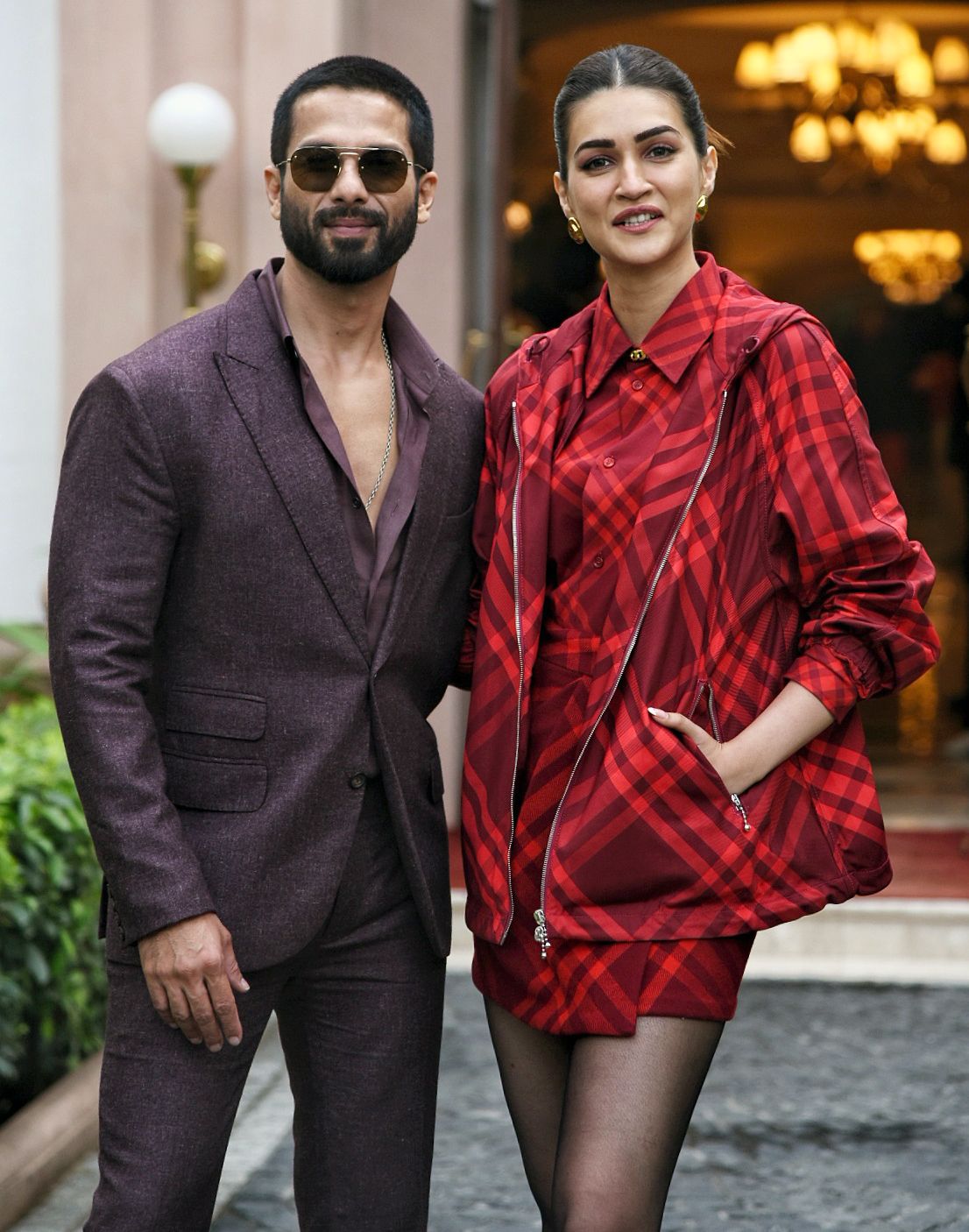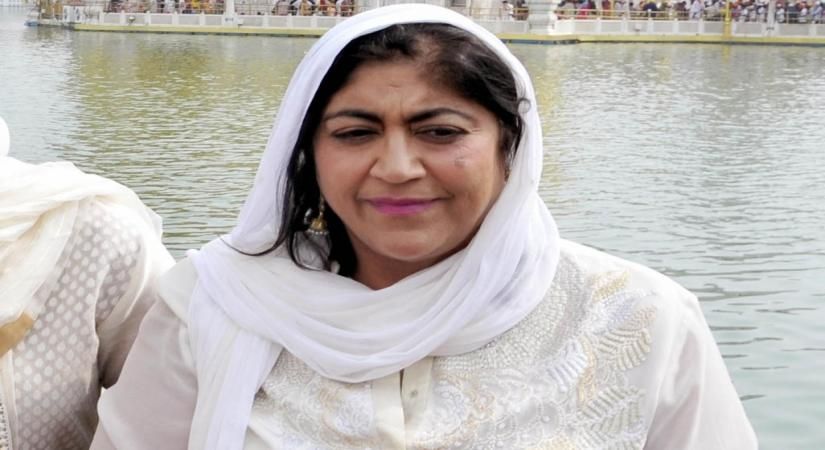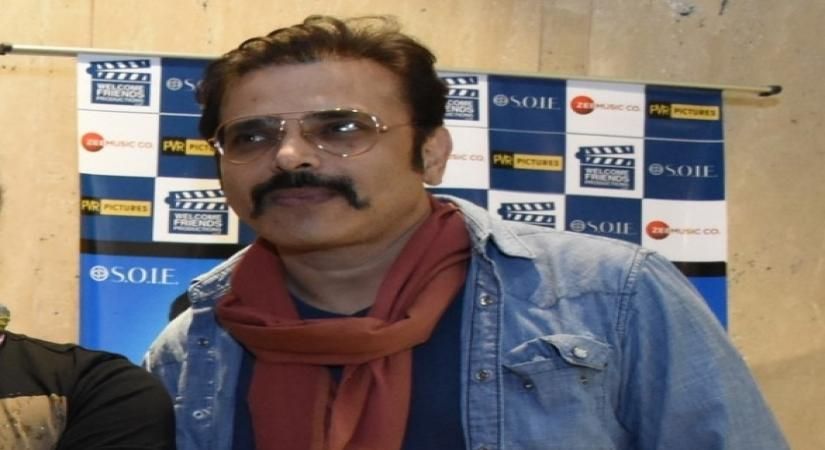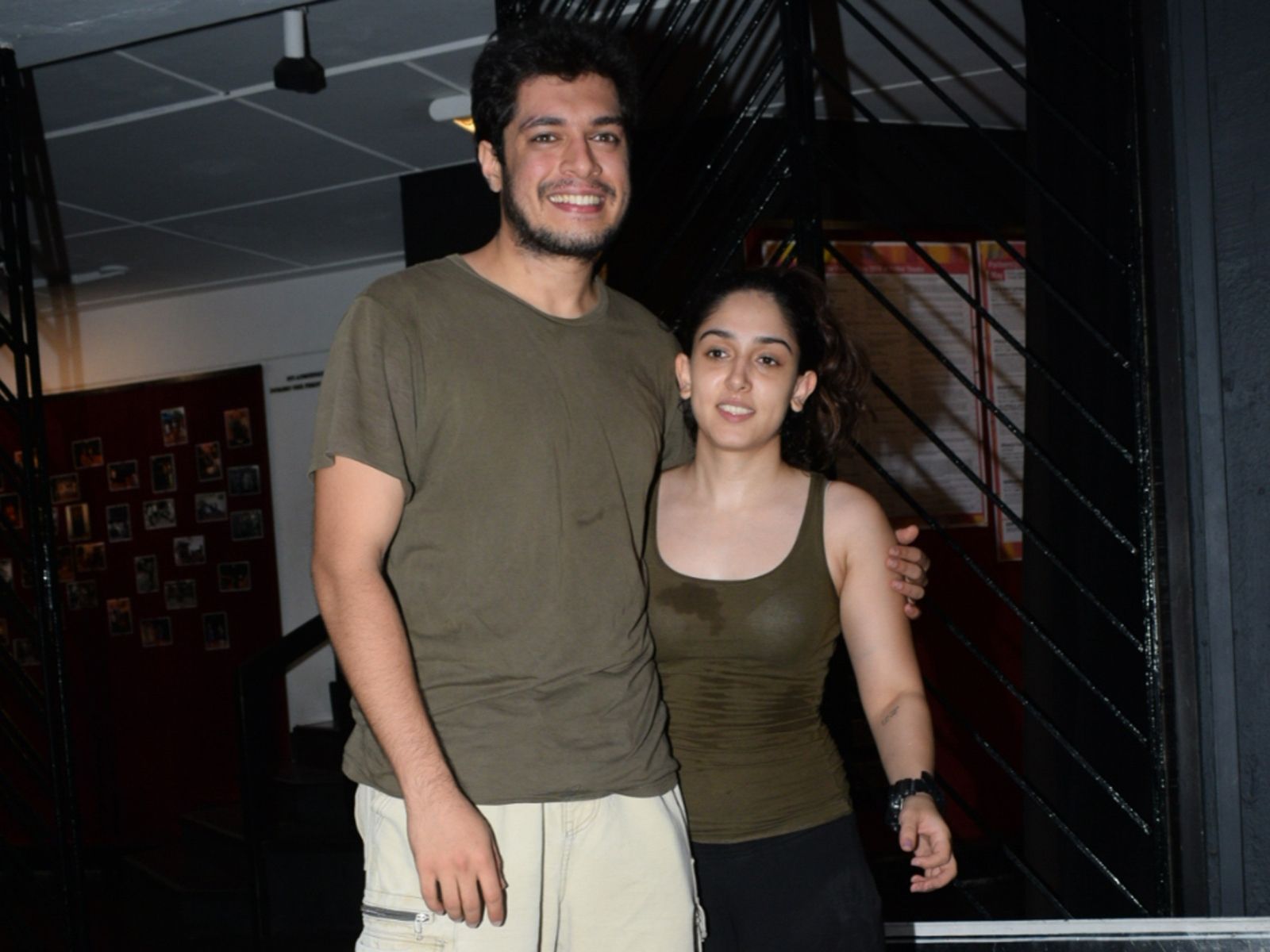|
In July 1967, the Government of India issued orders for three medium armoured regiments to be raised. 69 Armoured Regiment was one of them. The personnel who were to be regimented would come from the infantry (Kumaonis), Brahmins from the artillery and the balance from the armoured corps of seven different classes.
The raising of the regiment commenced at Ahmednagar on October 1, 1968, though with a changed equipment profile and nomenclature. It was to be raised as a light armoured regiment equipped with Russian PT76 amphibious tanks. Nine officers, nine JCOs and 170 other ranks were inducted into it. Lt. Col. Gurcharan Singh Sandhu took over as commandant; Major Pawittar Singh was the 2IC.
The commandant moved the regiment to its location in Siliguri on March 2, 1969, to enable real-time and effective training in the environment the tank men would operate in - a terrain dotted with jungles and rivers - instead of training at Ahmednagar. The Teesta ranges afforded training areas in which the crews of 69 mastered their equipment - from firing to maintenance, to flotation and driving in marshy areas.
Meanwhile, problems were brewing in erstwhile East Pakistan with the Mukti Bahini fighting the Pakistani army against the atrocities that had become part and parcel of the Pakistani domination of the Bengalis. The fog of war was clearing by the day. The Mukti Bahini were making immense progress.
In the preparation for war, it was realised that the equipment had to be mission reliable. The tank tracks were vintage and had completed their life span. Emergency procurement was done from Russia, enabling the tanks to be fit and functional.
But the terrain was difficult, and the bridges were weak and could not take on sustained traffic. Rivers would also be in a spate in the monsoons. Areas would be flooded and boggy, making movement of men and material difficult and time-consuming. The amount of engineering effort required wasn't available. The regiment had to devise measures where its great amphibious capability would become a game-changer.
Yet, it was required to be in the thick of operations as part of the 20 Mountain Division's 3 Independent Armoured Brigade.
Its first employment was at Hilli, which was the approach to the town of Bogura (Bogra) in the Rajshahi Division of East Pakistan. 20 Mountain Division put its plans in place to attack Hilli. 69 Armoured Regiment with one infantry battalion was to lead the advance of the outflanking brigade. The regiment devised a drill for moving the infantry battalion less its mortars in two squadrons, with the leading squadron not being involved, so as to enable quick deployment and offensive action in case of contact.
At 9 a.m. on November 24, one squadron of 69 Armoured Regiment was ordered to support the operations of 202 Mountain Brigade. The squadron under Major Subhash Mehra covered a distance of 40 km and reported to the 202 Mountain Brigade. The first main engagement took place here.
The enemy engaged our tanks and shelled the areas. Sowar Shatrughan Prasad was injured and later lost his life. One tank got bogged down, but the others raised hell on the Pakistani infantry, who withdrew with heavy casualties. Lt. Col. Passi was the first in the regiment and the division to destroy a Chafee tank with a second shot.
This area saw some heavy action and casualties. The enemy grouped together to launch an attack on Naopara. B Squadron, launching a perfectly planned and timed spoiling attack, destroyed the enemies, including a number of their support weapon systems. The 202 Brigade consolidated in Hilli, ensuring the partial capture of the area.
As the C Squadron with its PT74s advanced towards the town of Charkhai, the Pakistani platoon of 8 Baluch fled. Subsequent bold actions saw the early capture of Charkhai.
The C Squadron then had one of the most fascinating encounters. Lt. Sunder Singh spotted a convoy of vehicles and engaged them. Two vehicles were hit. The occupants dispersed to the fields. One heavy-set person in khaki was seeing lying prostrate on the ground in the slush. Due to the intense battle in progress Lt. Sunder Singh could not take prisoners at that time.
Later, following the capture of another Pakistani soldier, the Indian soldiers realised that the man in khaki was the Pakistani 16 Infantry Divisional Commander, Major General Nazir Husain, who, along with a brigade commander, was in the vehicles that were hit.
When one of the other Pakistani brigade commanders - Brigadier Naeem - was informed that his GOC was likely taken prisoner by the Indian Army, he vowed to extricate him, and in the process, gathered a raiding party of six Chafee tanks, each commanded by an officer, and an infantry company to attempt the rescue.
The tanks got embroiled in a heavy fire fight, but since it was night, no tank on either side was hit. In the morning, 18 Pakistani soldiers were found dead. The general escaped.
Later, Lt. Col. Sultan Ahmed, with his 32 Baluch battalion, was instructed to attack the road block established by C Squadron. The attack failed. Lt. Col. Ahmed and seven of his officers lost their lives.
The towns of Sadulpur and Palasbari were captured as a result of timely and effective actions of the Indian tanks alone. The enemies seemed to be in total disarray and were running away from their defences on hearing or seeing armour.
Subsequently, the 69 Armoured Regiment, minus the A Squadron, was tasked to assist in the capture of Gobindganj. The tactical manoeuvre carried out confused the enemies and they began to flee towards Bogra.
Major Subhash Mehra spotted a large convoy of vehicles coming down the road at full speed. He traversed his gun and fired. All the vehicles stopped, the troops dispersed into the fields and the Gorkhas, who were on the tanks, dismounted, organised themselves and got after the enemies.
At the end of the action, the Indians had neutralised one Chaffee tank, three 105mm guns, and 55 vehicles carrying ammunition and war stores, besides killing several enemies and taking 15 of them prisoners.
The Battle of Gobindganj saw a three-year-old armoured regiment successfully execute a complex outflanking manoeuvre of 56 km to get behind the enemies and attack them from the rear. This was a first-of-its-kind manoeuvre by an Indian armoured unit in the face of the enemy. This move saved the 20 Mountain Division several days of hard fighting. The enemies fled and Hilli was captured.
Bogra was next. The armoured regiment, now well-settled and confident of its potential, again executed a historical 64km outflanking manoeuvre in the face of an entrenched Pakistani brigade group supported by a squadron of armour. The regiment showed exceptional grit and audaciousness as it traversed through a riverine, marshy and boggy terrain, continually moving, night and day.
Bogra was a fortress, which the Pakistani army was determined to hold at any cost. The regiment established roadblocks preventing entry and exit. On December 14, it destroyed a convoy of 20 vehicles and took 18 personnel prisoners. The attack on Bogra saw immense personal bravery and the regiment killed a number of Pakistani soldiers and took many others prisoner. The regiment also lost tanks and saw casualties.
It suffered the maximum losses on December 15 - four killed and eight wounded. On December 16, a Chafee carrying Pakistani soldiers was hit by Indian tanks. The tank caught fire and all on board surrendered, except one bearded soldier, who fought till he was killed - a rare show of individual bravery by the enemy.
Ceasefire was ordered. The Pakistani military in East Pakistan had surrendered. The regiment was given the unique honour to accept the surrender of the 29 Cavalry, a decorated armoured regiment of Pakistan. On December 17, 1971, a historic day in the annals of the Indian Armoured Corps, at 10 a.m. Lt. Col. S.S.H. Bukhari, commanding officer of the 29 Cavalry, Pakistan Army, surrendered to Lt. Col. Pawittar Singh, Commandant, 69 Armoured Regiment, along with his complete complement of men, tanks, weapons, vehicles and equipment.
This was the only other occasion ? the other being before independence ? when an entire enemy armoured regiment surrendered to the commandant of the victorious Indian Armoured Corps. History was rewritten.
After he laid down arms and surrendered, the Pakistani divisional commander paid a fitting tribute to the 69th, saying: "Your armour was forever swarming around our defences and I wondered how you managed to bring tanks over terrain which was difficult even for the infantry to negotiate. Hats off to your chaps."
For the sacrifices of its men and the victories it had notched up, the 69th was awarded a Battle Honour and a Theatre Honour. A Vir Chakra to Naib Risaldar Basta Singh led the tally of medals, which included four Sena Medals and two mentions in despatches. The 69th was well and truly blooded and born.
(The writer is an officer of the Indian Army posted with the 69 Armoured Regiment.)
--IANS
srb/
Copyright and Disclaimer: All news and images appearing in our news section, search engines and social media are provided by IANS. If you face any issues related to the content/images, please contact our news service provider directly. We are not liable/responsible for any content/images related to the news service provider.
|










